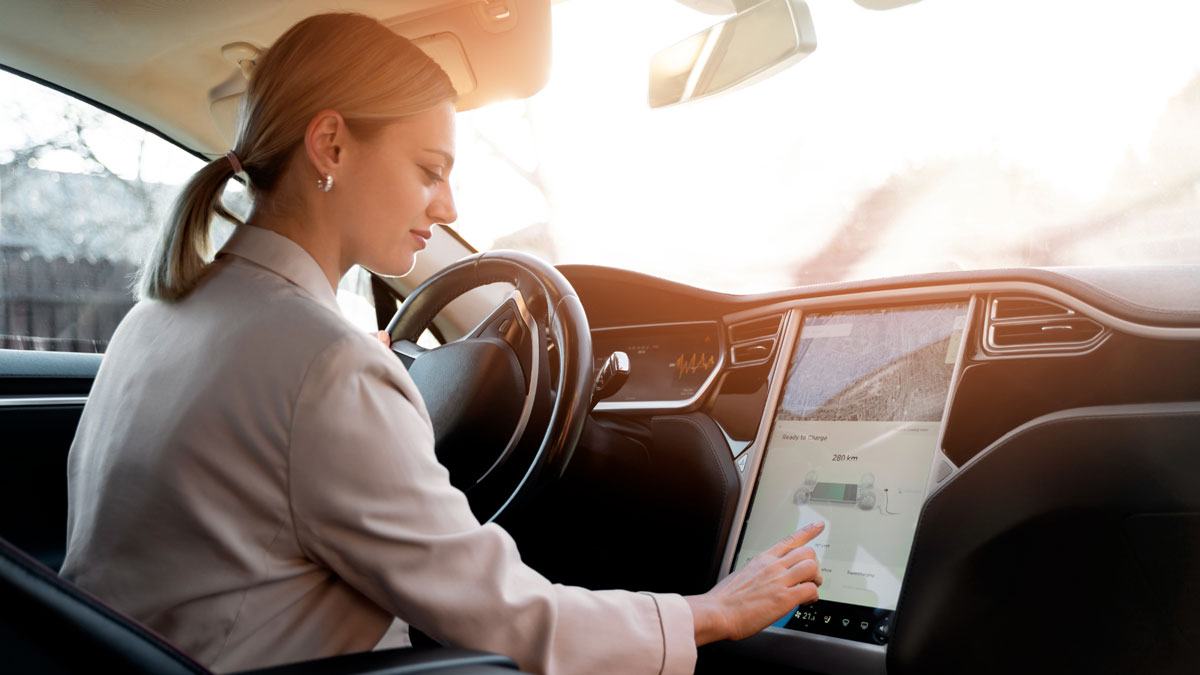The rollout of 5G technology is set to revolutionize numerous industries, and the automotive sector is no exception. With its promise of lightning-fast data speeds, ultra-low latency, and the ability to connect a massive number of devices simultaneously, 5G is more than just an upgrade—it’s a game-changer for car technology. From autonomous vehicles to enhanced safety systems, the possibilities are vast. Here’s what you can expect as 5G reshapes the future of driving.
1. Enhanced Connectivity and Smart Cars
5G is a key enabler for the fully connected car. Unlike 4G, which supports basic connectivity, 5G can handle complex, data-intensive applications seamlessly.
- Real-Time Updates: Cars will be able to receive instant over-the-air updates for their software, maps, and entertainment systems, ensuring they are always up to date.
- Cloud Integration: With 5G, vehicles can access cloud services in real-time, enabling features like advanced navigation, AI-driven personal assistants, and on-demand services.
Impact: Drivers will experience a more personalized, efficient, and seamless in-car experience, with their vehicles acting as extensions of their digital lives.
2. Autonomous Driving Gets a Boost
Autonomous vehicles (AVs) require massive amounts of data to operate safely and efficiently. They must process inputs from cameras, sensors, and lidar, as well as communicate with other vehicles and infrastructure in real-time.
- Vehicle-to-Everything (V2X) Communication: 5G enables V2X technology, allowing cars to exchange information with other vehicles, traffic signals, and road infrastructure. This ensures smoother traffic flow, fewer accidents, and optimized fuel consumption.
- Reduced Latency: The ultra-low latency of 5G is critical for autonomous vehicles. Decisions, such as braking to avoid a collision, can be made almost instantaneously, improving safety.
Impact: 5G will accelerate the deployment of autonomous cars by providing the reliability and speed needed for real-time decision-making.
3. Safety Systems Redefined
Safety is at the core of 5G-enabled car technology. By enabling faster and more accurate data transmission, 5G will significantly improve safety systems.
- Predictive Maintenance: Vehicles can monitor their components in real-time, alerting drivers to potential issues before they become serious problems.
- Collision Avoidance: Cars equipped with 5G can warn each other of potential hazards, such as sudden braking or slippery roads, reducing the likelihood of accidents.
- Emergency Response: In case of an accident, 5G-connected cars can instantly alert emergency services with precise location data and accident details.
Impact: These advancements will make roads safer and help reduce the number of traffic-related fatalities.
4. Revolutionizing In-Car Entertainment
The way we consume media in cars is set to change dramatically with 5G.
- High-Definition Streaming: Passengers can stream 4K or even 8K video content without buffering, making long journeys more enjoyable.
- Gaming on the Go: 5G will enable cloud-based gaming with minimal latency, turning vehicles into entertainment hubs.
- Augmented Reality (AR): Drivers and passengers can use AR for navigation, sightseeing, or even interactive educational experiences.
Impact: With these features, cars will become more than just transportation—they will be mobile entertainment centers.
5. Fleet Management and Logistics
5G will also transform commercial transportation and fleet management:
- Real-Time Tracking: Fleet operators can monitor vehicle locations, fuel consumption, and driver behavior in real-time, optimizing operations.
- Platooning: Trucks equipped with 5G can travel in closely spaced convoys, reducing fuel consumption and improving efficiency.
- Remote Diagnostics: Maintenance teams can remotely diagnose issues, minimizing downtime and repair costs.
Impact: These innovations will enhance efficiency, reduce operational costs, and make logistics more sustainable.
6. Urban Mobility and Smart Cities
5G-powered vehicles will integrate seamlessly into the broader smart city ecosystem:
- Smart Traffic Management: Connected vehicles will work with smart traffic lights to reduce congestion and emissions.
- Shared Mobility Services: 5G will enhance ride-sharing and car-sharing services by improving coordination and availability.
- Parking Solutions: Vehicles will communicate with smart parking systems to locate available spots, saving time and reducing frustration.
Impact: These advancements will make urban transportation systems more efficient and eco-friendly.
Challenges on the Road to 5G
While the benefits of 5G in car technology are immense, several challenges need to be addressed:
- Infrastructure Development: Deploying 5G networks across cities, highways, and rural areas requires significant investment and time.
- Data Security: With increased connectivity comes the risk of cyberattacks. Ensuring the security of 5G-enabled vehicles is paramount.
- Cost: The initial cost of 5G-compatible hardware and services may be high, potentially limiting adoption in the short term.
Solutions: Collaboration between automakers, telecom providers, and governments will be essential to overcome these hurdles.
The Road Ahead
The fusion of 5G and car technology is just beginning. As networks expand and costs decrease, we can expect widespread adoption across both consumer and commercial vehicles. The result will be a safer, smarter, and more enjoyable driving experience.
Whether it’s autonomous cars navigating busy streets, vehicles preventing collisions before they happen, or passengers enjoying high-definition movies on long trips, the possibilities are thrilling.
Conclusion
The impact of 5G on car technology is profound and far-reaching. By enabling faster, more reliable communication, it will redefine what vehicles can do and how we interact with them. The future of driving isn’t just about getting from point A to B—it’s about doing so in ways that are safer, smarter, and more connected than ever before.
As we stand on the cusp of this transformation, one thing is clear: 5G is driving us toward a new era of automotive innovation. Buckle up—the journey has just begun.





